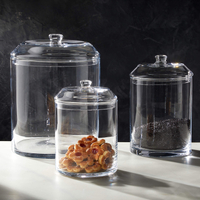Don't forget to organize these 4 overlooked areas of your home
Are you forgetting to organize these often neglected spaces?
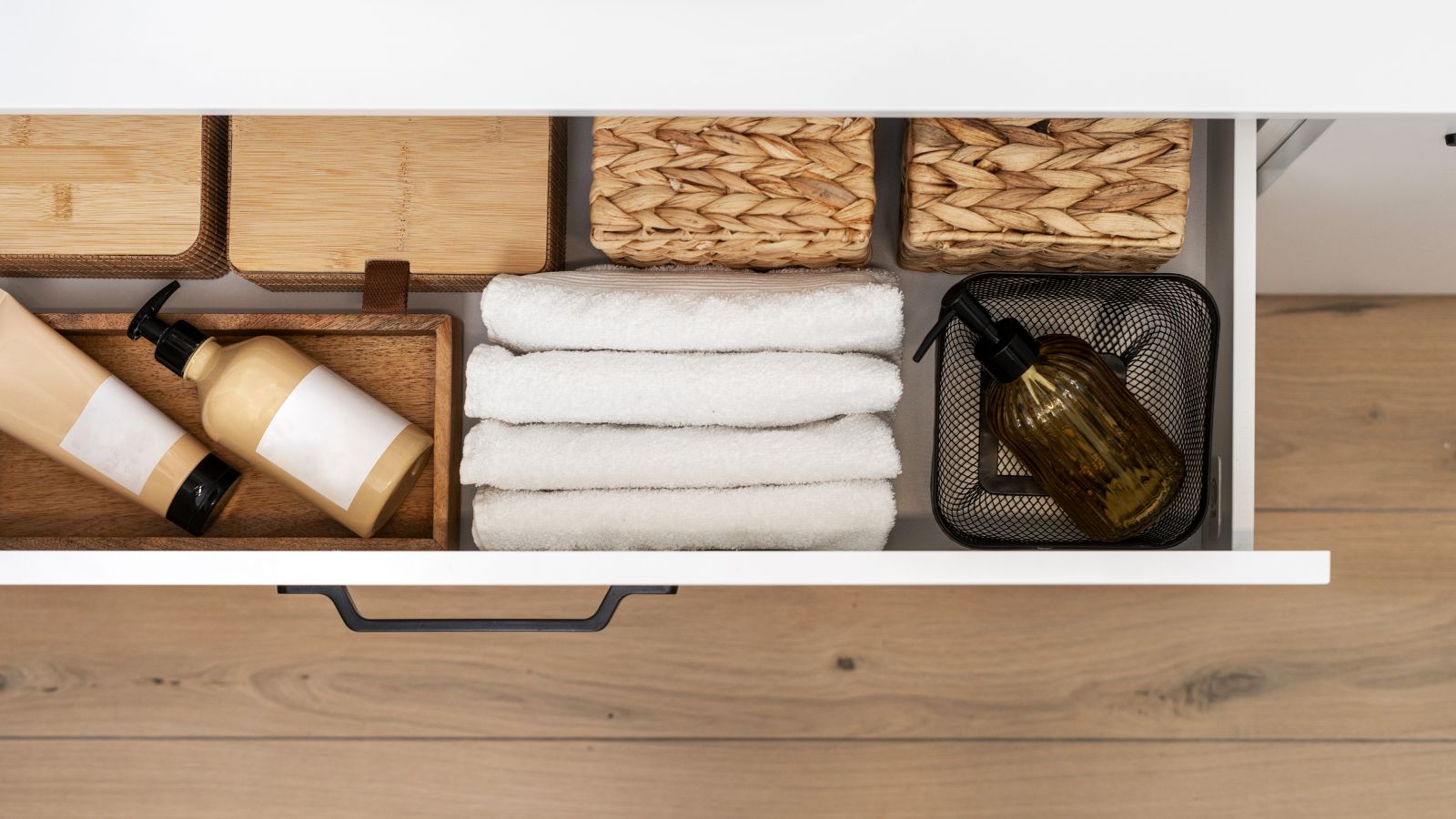

When organizing our homes, it’s easy to focus on the most visible spaces, like our kitchens or living rooms. We’re in these areas daily, so it’s no wonder they take priority on our list of spaces to tidy up.
However, as a professional home organizer, I see several overlooked areas time and again that could benefit from a little organization. If left unattended, these areas can become clutter hotspots, so it's best to get on top of them as soon as possible.
From the dreaded junk drawer to disordered closets, below I share the four forgotten areas to organize and what we can do to improve them.
Organizing overlooked areas of your home
Although organizing and decluttering our homes can often feel overwhelming, tackling overlooked spaces first can add to a sense of accomplishment and incentivize us to keep going.
Under the Bed
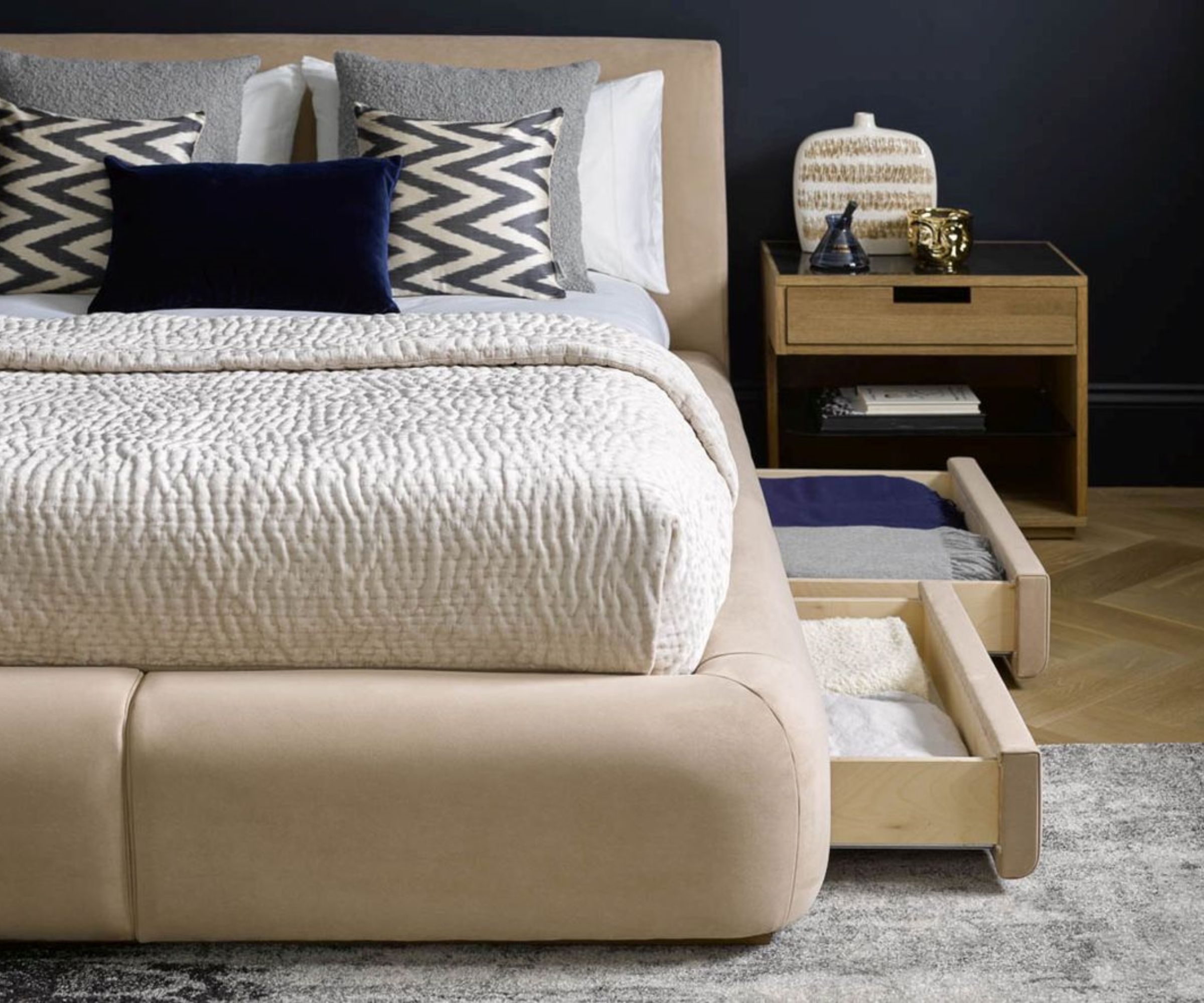
I’d avoid storing things under the bed, if you have somewhere else you can store them. According to Feng Shui experts, the space beneath your bed is important because it directly correlates with the quality of your sleep and the overall energy of your bedroom.
Feng Shui practitioners believe chi, or energy, should be able to flow freely throughout the bedroom, including under the bed. Things that get stored under the bed are hard to reach and hard to clean, which creates stagnant energy in the room. If you’re having trouble sleeping or don’t feel rested upon waking, check what’s under the bed.
As a professional organizer, I’ve worked with hundreds of clients to help them declutter and organize their spaces. The reality is most people who have things stored under the bed have completely forgotten what’s under there, which begs the question – is it even worth holding on to those items if you don’t know what they are?
Occasionally, we’ll see beds that have drawers underneath them. In this instance, we think it’s fair to keep your extra bed linens and towels in there because they relate to sleep and the bedroom. Otherwise, the drawers should be left free of memorabilia, books, or anything else.
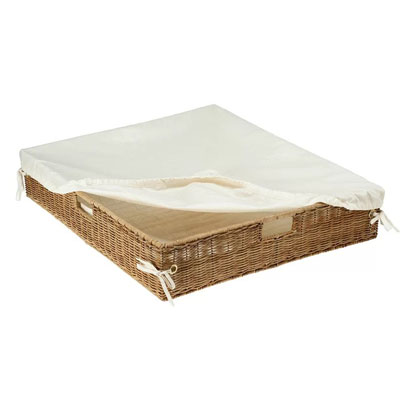
This textural handwoven basket is designed to slide under the bed and store extra bedding and blankets.
Utility Drawers (aka The Junk Drawer)
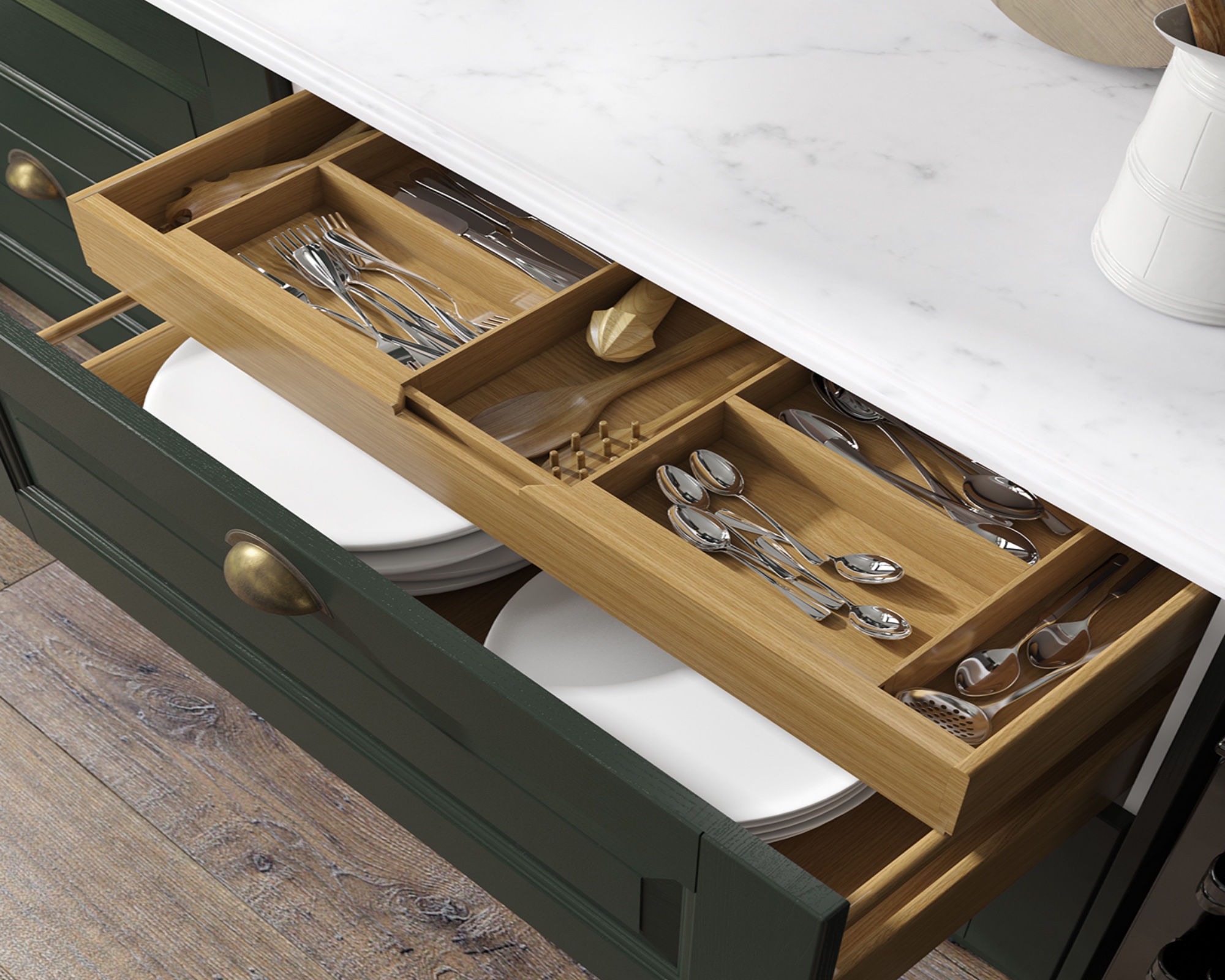
I can’t tell you how many clients think it’s completely acceptable to have a drawer full of junk. I hate to break it to you, but this practice should not be normalized. Instead of calling them junk drawers, our team likes to refer to them as utility drawers.
These drawers should be functional and stocked with things that are actually useful to your daily life. The good news is converting your junk drawer into a utility drawer is really easy, simply follow the steps below:
1. Take everything out, so you can take stock of what you have.
2. Create groupings of similar items: electronics, coins, keys, notepads, writing tools, souvenirs, trinkets, trash (yep - we see it), and so forth.
3. Pare down what does not serve you on a weekly basis. If you’re struggling, start with the easy stuff. Dispose of trash, trinkets you won’t display, and unidentified keys. Push past the question: But what if I need those keys one day? Reality check: if you or anyone in your household can’t name what they go to, you will never go looking for them.
4. Vacuum and wipe down the inside of the drawer. Then arrange a set of various sized organizers into the drawer.
5. Place the items back into the drawer in their respective groupings. Try to reserve this drawer for items you need regularly rather than just another storage area. For example, if you house art supplies somewhere else in your home and don’t need to access them every week, then take them out of the junk drawer and keep them with the rest of your art supplies. The fewer places we store the same grouping of items, the more functional and organized our house will feel.
6. Ask yourself: 'Is there anything I’m constantly looking for that I can’t find but would be helpful to have here?' If your utility drawer is located in the kitchen, like many of our clients, and you’re constantly looking for a pen and notepad when you take a phone call, allocate an area in the drawer for those items.
Another helpful method to conquer your junk drawer is the boundary method.
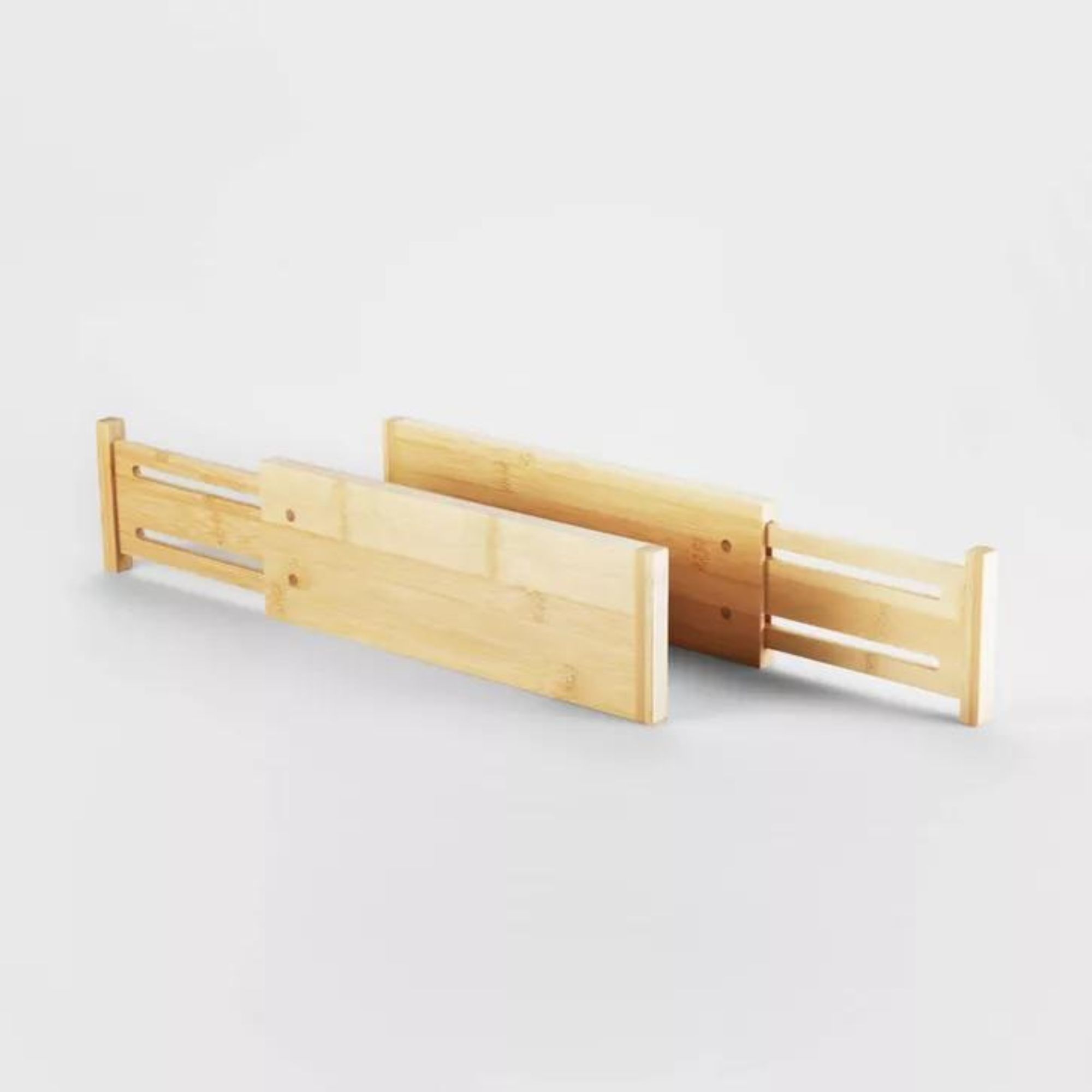
These simple drawer dividers will enable you to instantly organize and separate your household items.
The Refrigerator and Pantry
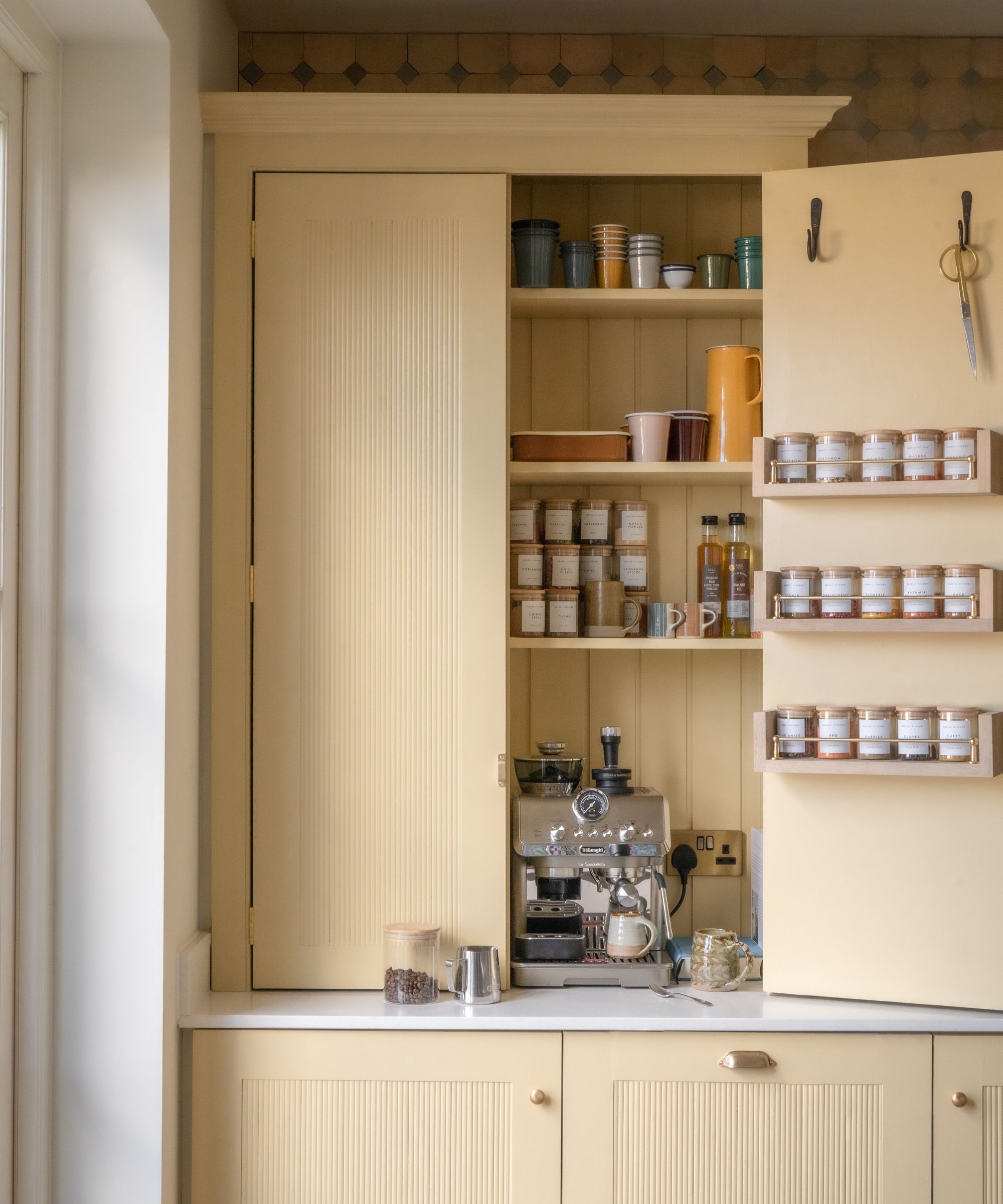
Now, while the fridge and pantry are often overlooked when it comes to organizing, these two areas play a crucial role in our daily lives, health, and well-being.
First things first, toss anything that’s expired because you shouldn’t consume it, and it shouldn’t be taking up valuable real estate in your fridge or pantry. When visiting grandma, my cousins and I competed to find the oldest thing in the fridge or pantry for a good laugh. One year, my cousin found mayonnaise that had expired at least five years prior. We gasped in shock.
Just as we did in the utility drawer, create groupings by categories. Invest in a set of clear bins and label them, so it’s easy to know where to find the veggies, deli meats, sauces, cheese, and even leftovers.
Setting yourself up with a system like this will help to minimize spending and waste, and will make meal planning a breeze.
Snack Glass Canisters: View at C2B
These handblown storage containers are available in various sizes and are a contemporary twist on a pantry essential.
The Coat Closet
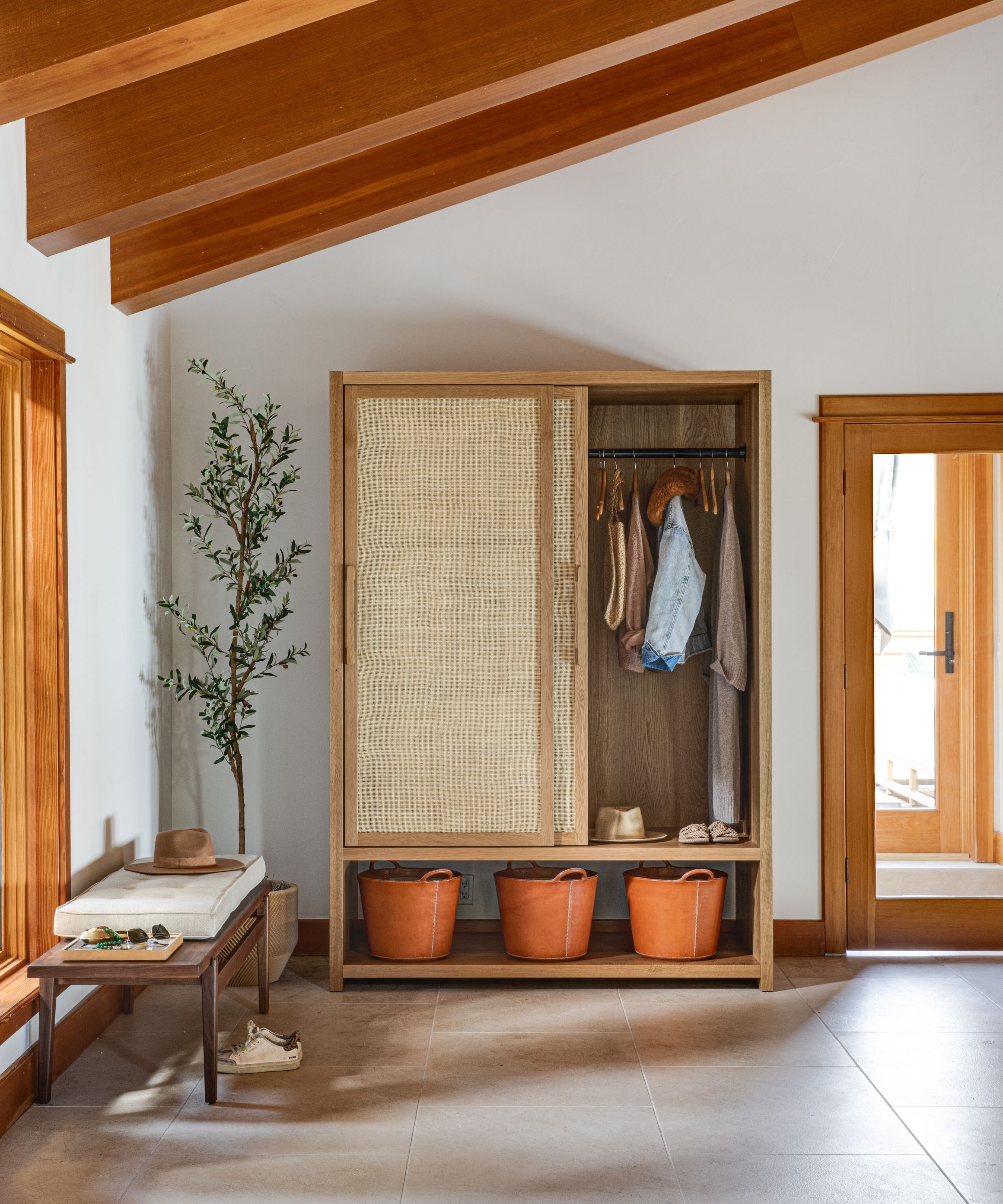
The coat closet inexplicably mirrors the area under the kitchen sink. What do I mean? For whatever reason, both the area under the kitchen sink and people’s coat closets often become a black hole for things that should probably go elsewhere or better yet, straight into the trash.
If possible, reserve the coat closet for you and your guests to hang their outerwear and store shoes. So often, we see clients shove old boxes or packing supplies, cleaning products, vacuuming parts, paperwork, luggage, and more into the coat closet. They’re left with an overcrowded and dysfunctional space that should definitely not be shown to their guests.
Want to increase the functionality of this space? Purge or relocate everything in here that can live elsewhere in your home. Elevate the closet space by adding a few hooks inside the door as a place to hang hats, umbrellas, and tote bags.
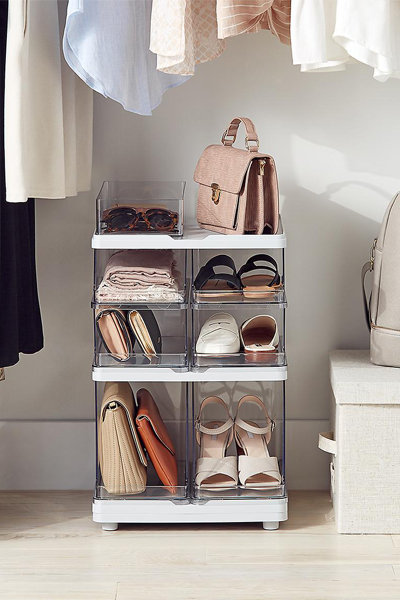
Reset your storage with this stackable, mixable, and entirely adjustable closet storage. It's great for shoes, purses, and sunglasses, and has a very sturdy design.
Organizing is a process that can unravel and become overwhelming very quickly. Set yourself up for success and avoid becoming overwhelmed by clutter, by committing to organizing and decluttering one room at a time. It may also be helpful to devise a weekly organizational schedule to stay on top of household tasks.
Sign up to the Homes & Gardens newsletter
Design expertise in your inbox – from inspiring decorating ideas and beautiful celebrity homes to practical gardening advice and shopping round-ups.
I love transforming disorder into a functional space. What is most inspiring, though, is the transformation I see in my clients. They tell me they are sleeping better, have more respect for themselves, and are performing better at work. All because of simple changes in their physical environment. I embarked on this journey a few years ago, helping friends declutter and organize their spaces. It was a revelation—realizing that a simple change in one's physical environment can lead to a profound personal transformation. Hooked by this discovery, I founded Ready Set Organize with the goal of not just transforming spaces but minds as well. Over the years, we’ve worked with hundreds of clients and our San Diego-based team has grown to more than 10 organizers. These experiences have reinforced my belief in the power of a well-organized life.
-
 Extend the lifespan of your appliance with 5 simple but crucial washing machine maintenance tips
Extend the lifespan of your appliance with 5 simple but crucial washing machine maintenance tipsFrom cleaning the filters to keeping the door open, experts reveal the washer tips they swear by
By Andy van Terheyden Published
-
 These are the 6 must-have colors to decorate with in April 2025
These are the 6 must-have colors to decorate with in April 2025What do retro-inspired yellows and beautiful blues all have in common? They're on our hot list for the season ahead
By Sophia Pouget de St Victor Published
